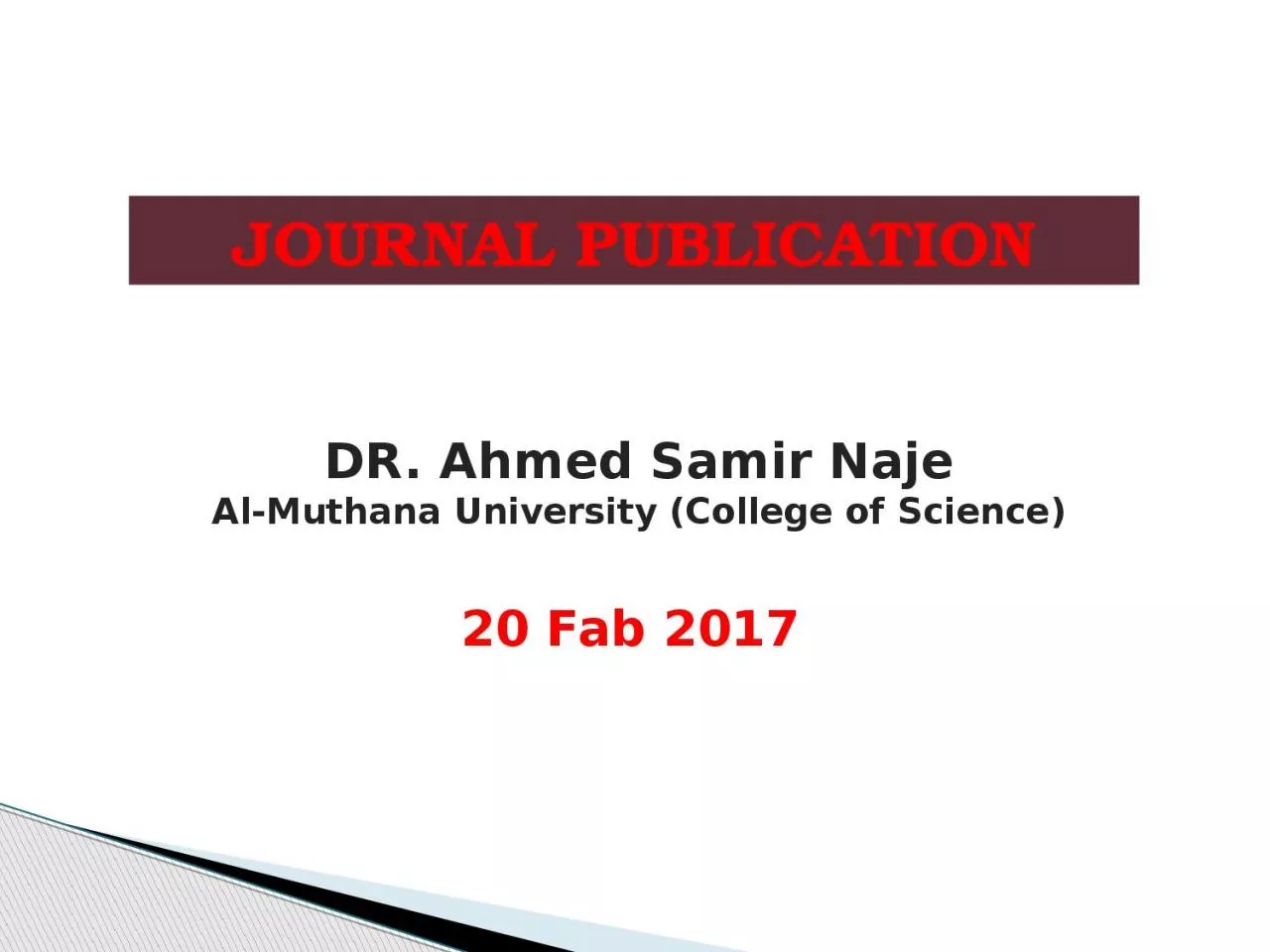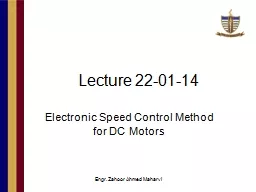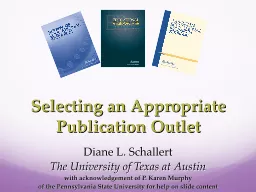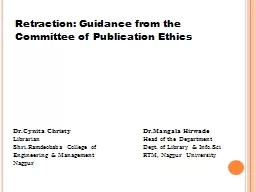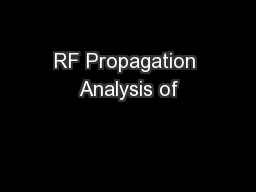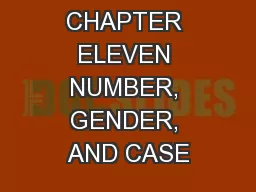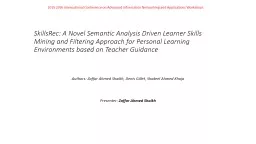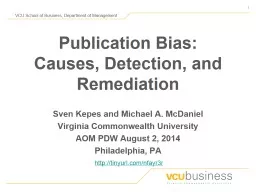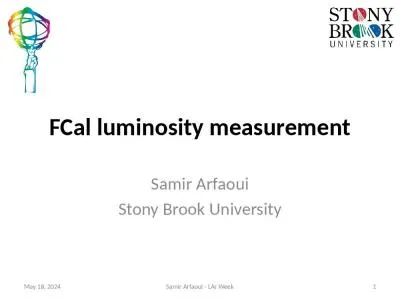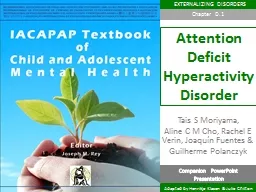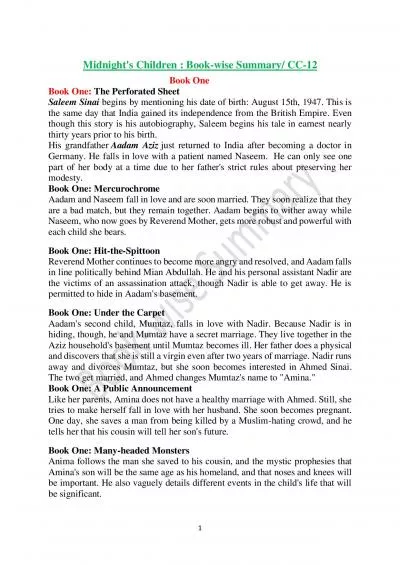PPT-JOURNAL PUBLICATION DR. Ahmed Samir
Author : amelia | Published Date : 2023-09-19
Naje Al Muthana University College of Science 20 Fab 2017 Some factors to consider before article submission Journal Impact Factor Immediacy Index Cited Half Life
Presentation Embed Code
Download Presentation
Download Presentation The PPT/PDF document "JOURNAL PUBLICATION DR. Ahmed Samir" is the property of its rightful owner. Permission is granted to download and print the materials on this website for personal, non-commercial use only, and to display it on your personal computer provided you do not modify the materials and that you retain all copyright notices contained in the materials. By downloading content from our website, you accept the terms of this agreement.
JOURNAL PUBLICATION DR. Ahmed Samir: Transcript
Download Rules Of Document
"JOURNAL PUBLICATION DR. Ahmed Samir"The content belongs to its owner. You may download and print it for personal use, without modification, and keep all copyright notices. By downloading, you agree to these terms.
Related Documents

